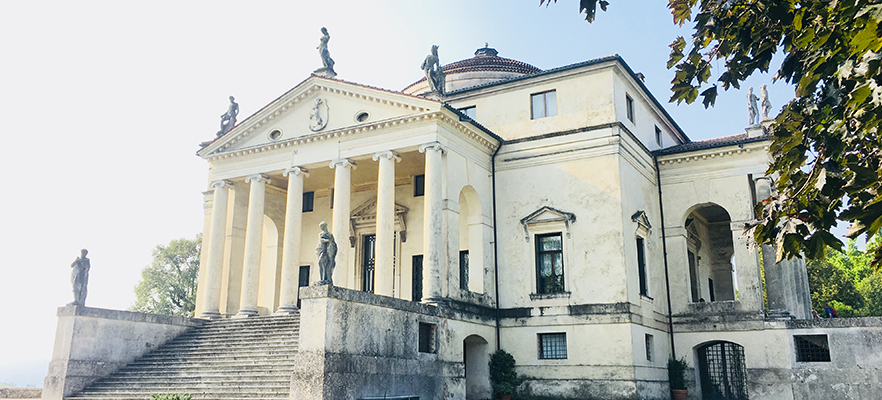
Asolo - Marostica - Bassano del Grappa
Asolo
Elegant renaissance palaces with Venetian features, a castle and a fortress are testimonies of its medieval history, Asolo the town of the hundred horizons thanks to its position was an important Roman stronghold. A fascinating place on the rolling Asolan hills, Asolo was a destination for poets and writers, artists and travellers such as the English poet Robert Browning, the Divine theatre actress Eleonora Duse, the composer Gian Francesco Malipiero, the English writer and traveller Freya Stark. This town was particularly linked to Venice because in the town’s Castle lived for the last period of her life Queen Caterina Cornaro Queen of Cyprus and Venetian noble woman. She brought to her court the best artists and intellectuals of the time determining a particular lively cultural atmosphere that still today is evident.
Marostica
Marostica is a picturesque place developing on a hill crowned with a large ruined castle. Defensive walls descend to enclose the hillside and the town centre below in a protective embrace. It is known as the “city of Chess” defensive walls descend to enclose the hillside and the town centre below in a protective embrace. There are two castles, one at the top of the hill above town, the other in the main square, Piazza Castello. In the square itself you can see the chessboard laid out in paving stones, and admire the view up to the upper castle (Castello Superiore). The lower castle, the Castello Inferiore, guards the main entrance through the town walls. For four hundred years Marostica was ruled by Venice, and its dominion is recorded by a statue of the lion of St. Mark, Venice's symbol, in the piazza. There are a few interesting buildings and churches in Marostica which you can see as you wander the historic town centre.
Bassano del Grappa
Bassano del Grappa is best known for the wooden covered bridge over the Brenta projected by Palladio, the strong grappa liqueur, the military history occurred on the close Mount Grappa during WWI, for the important production of artistic ceramic and for being the hometown of the Mannerist renaissance painter Jacopo da Bassano. A walk through the characteristic net of alleys connecting the 4 main squares, Piazza Garibaldi, Piazza dell Libertà, Piazzotto Montevecchio, Piazza Terraglio will allow you to know the history of this beautiful town from its origins to modern times.
